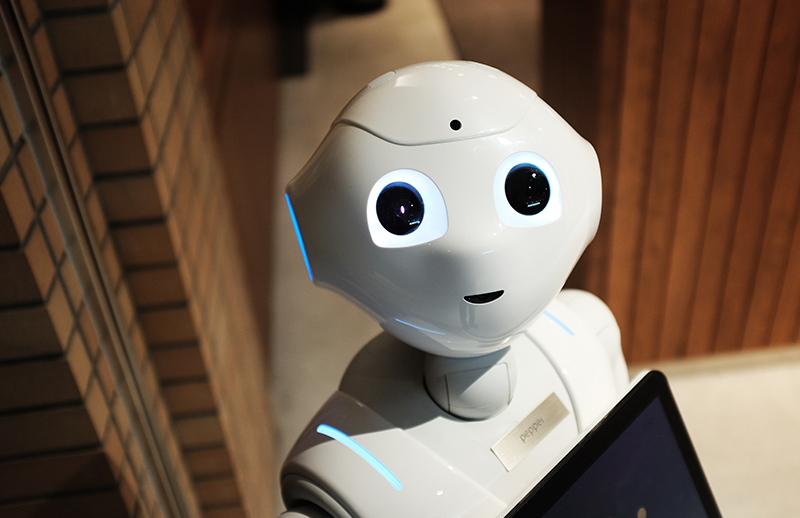
07 May Tenerife Smart Island. A Smart Tourist Destination.
“Tenerife is still growing as a hub for tourism in Spain, and tourism is a crucial sector for the island’s economy”
Tenerife is focusing on becoming a smart tourist destination through the Tenerife Smart Island initiative, with support from the Institute of Technology and Renewable Energies (ITER), INtech Tenerife, the Canary Islands Institute of Astrophysics (IAC), the University of La Laguna, and the Canary Islands Official Association of Technical Telecommunications Engineers (COITTCAN), among other entities that recently participated in the third edition of Tenerife Smart Island.
The data could not be any more promising: Tenerife is still growing as a hub for tourism in Spain, and tourism is a crucial sector for the island’s economy. In 2018 alone, the tourism sector generated a total of 4,474 million euros in revenue, 169 million more than in the previous year.
The island is emerging as a tourist destination that offers visitors a wide range of options. Although the climate remains its greatest attraction, this is now complemented by food tourism and nature and sports activities.
What is a Smart Tourist Destination?
Spain’s state-owned enterprise in charge of monitoring innovation and technology in the tourist industry (Segittur) defines a smart tourist destination as: “an innovative space consolidated on the basis of land and cutting edge technology infrastructure.
A commitment to the environmental, cultural and socioeconomic issues of its habitat, equipped with an intelligence system which can capture information in a procedural fashion, analyses and grasps events in real time with the aim of facilitating the visitor’s interactions with the surroundings, and decision-making for the destination managers, increasing efficiency and substantially improving the quality of tourist experiences.”
When we talk about smart tourist destinations, we’re really talking about innovative destinations established based on an innovative technological infrastructure that guarantees sustainable development and is are accessible, facilitating interaction for both citizens and visitors, and improving both quality of life and the tourist experience.
Trends in the use of technology in tourism in 2019 are already pointing towards this innovation; the use of Big Data tools is becoming increasingly necessary in the tourism sector; learning about clients and predicting their needs is key in order to improve services, with the use of Artificial Intelligence and Chatbots becoming increasingly prevalent as a means of improving communication with travelers.
At the same time, more and more management software is being implemented, both to help travelers make reservations and online payments, and to help tourism businesses in their day-to-day operations.
All this from the perspective of a reality in which the mobile phone has emerged as the primary means of accessing the Internet, underscoring the relevance of Social Networks in the tourist sector.
What is Tenerife Smart Island?
This initiative aims to use technology as a means of transforming the island and making improvements not just to the quality of its tourist offer, but also to the quality of life of its citizens.
The goal is to transform the island of Tenerife into a smart tourist destination with integrated smart systems for safety and mobility.
Tourists can access everything the island’s tourism sector has to offer from any device thanks to the various apps developed. By the same token, there is also a plan to transform the island’s tourism office, which has become obsolete compared to the sort of models new digital tourists demand, as these tourists require more detailed, interactive information that is updated in real time.
“The way a destination is perceived is a sum of many micro-experiences that must be carefully looked after from every perspective.”
Finally, there are plans to develop applications that allow tourists to hire goods and services directly and manage their assessment of the experience, combining mobile technology, geolocalization, and the various utilities of the Internet of Things (IoT) and Big Data.
Although creating a smart tourist destination is the top priority for Tenerife Smart Island, it doesn’t just stop there: the program also aims to provide citizens with the tools they need to become part of this connected ecosystem. For instance, bringing public services closer to the citizens on the island by offering mobile solutions for all eGovernment transactions.
ICT Smart City Tools
Among of the ICT tools most often used in smart cities—as per the White Book on Smart Cities published by Enerlis, Ernst and Young, Ferrovial, and Madrid Network (Madrid, 2012)—we can cite the following:
- Multi-access portals including various connected devices.
- Municipal WiFi hotspots
- Sensors used to compile data on traffic, parking…
- Sensors used to assess environmental conditions, waste generated, or energy consumed…
- Cross-referenced data processing systems for all the information obtained, producing results that help implement improvement strategies based on measurable facts.
To summarize, developing Tenerife Smart Island requires technological development that combines hardware and software systems with a robust network of IoT sensors to gather all the information; systems for storing and managing, and connectivity to guarantee the optimum use of these applications by citizens and tourists and Government workers.

